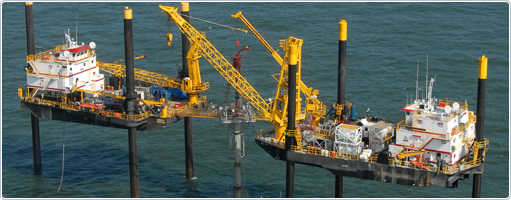
Energy giant BP has announced plans to invest almost £10 billion in developing four new North Sea oil and gas projects over the next five years.
The company said that the investment, which will be made with its partners, will help to maintain BP’s production from the North Sea “for decades to come”.
The UK government yesterday granted BP and its partners—Shell, ConocoPhillips and Chevron—approval to proceed with the £4.5 billion Clair Ridge project, the second phase of development of the Clair field complex, west of the Shetland Islands.








 KOMBIT_OCT11_emea_BROCH_s.pdf
KOMBIT_OCT11_emea_BROCH_s.pdf